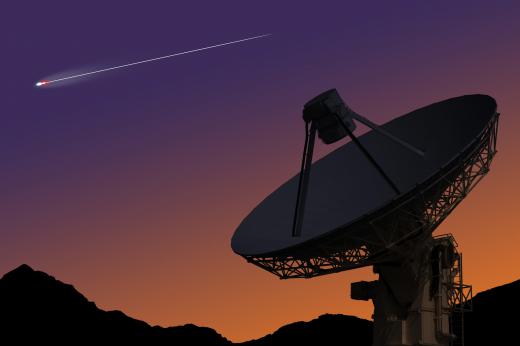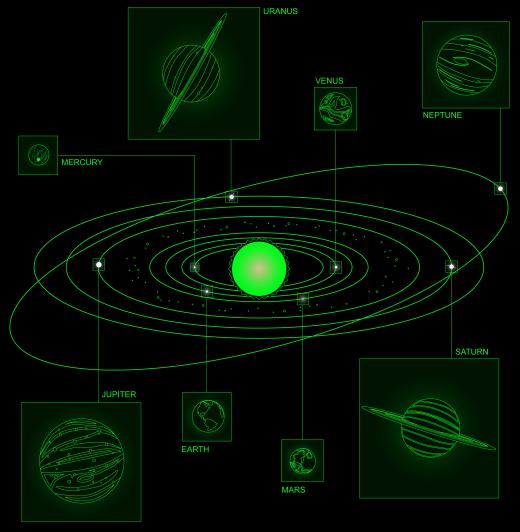What is the Kuiper Belt?
 Niki Foster
Niki Foster
The Kuiper belt is a region of the solar system past Neptune's orbit. It extends from about 30 Astronomical Units (AU), or 30 times the distance of the Earth from the Sun, to around 50 AU. The Kuiper belt is home to hundreds of orbiting Kuiper belt objects, or KBOs, the best known of which is the dwarf planet Pluto. Charon, which is either a moon of Pluto or half of a double planet formation, is also a KBO. Neptune's moon, Triton, is believed to be a former Kuiper belt object that became trapped in the planet's orbit.
Astronomers Frederick C. Leonard and Kenneth E. Edgeworth were among the first to hypothesize the existence of what would become known as the Kuiper belt, in 1930 and 1943 respectively. It was Gerard Kuiper, however, who popularized the theory. In 1951, Kuiper suggested that short period comets, those that orbit the sun in under 200 years, originated in the Kuiper belt region. The region received its current name in 1992, when the first KPO after Pluto and Charon was discovered.

Kuiper belt objects are diverse in size and appearance. Most are believed to be composed of rock and ice in varying proportions. Pluto is the largest, with a diameter of 2320 km. Kuiper belt objects are classified into two major groups: classical KBOs or cubewanos, and resonant KBOs. Classical KBOs have an orbit that is unrelated to and unaffected by the orbit of the planet Neptune, while resonant KBOs have orbits that resonate with that of Neptune. The great majority of KBOs, about three-quarters of those so far discovered, are of the classical variety.

Resonant KBOs occupy bands of specific resonances, such as a 2:3 resonance -- meaning the KBO orbits twice for every three of Neptune's orbits -- around 39.4 AU and a 1:2 resonance at around 47.7 AU. Most classical KBOs occupy the area between these two resonances. 2:3 resonant KBOs are called plutinos after the most famous of these objects, Pluto. 1:2 resonant KBOs are called twotinos. There are also KBOs with resonances other than the two discussed above.
AS FEATURED ON:
AS FEATURED ON:













Discuss this Article
Post your comments